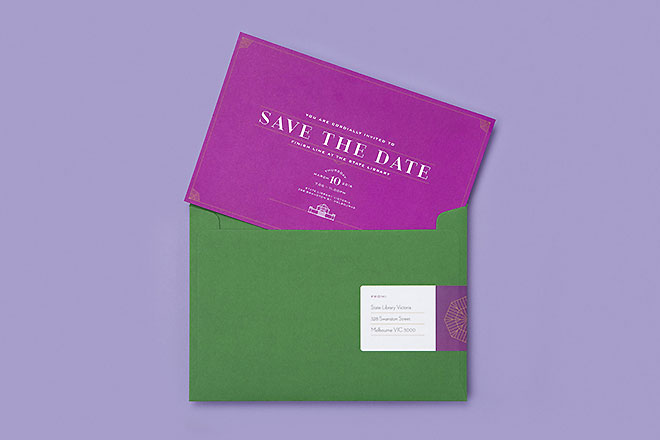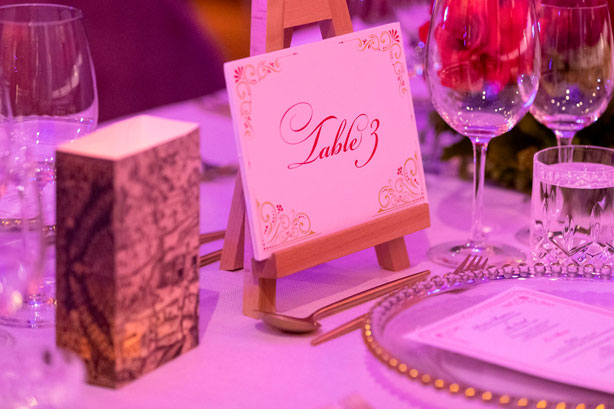
Five tips for working with a Graphic Designer

Do something creative.
Make the design pop.
Can you jazz it up a little?
I need some wow factor.
Have you ever used these phrases when working with a designer? If so, it’s time to stop.
1. Think about it upfront.
Designers hear this a lot: “Now that I think about it… I don’t like blue/serif fonts/circles.” It’s much better to consider what you like (and dislike) in advance and tell your designer in a written brief. Imagine you went to the airport and said ‘put me on a flight to somewhere amazing’. The travel agent sends you to Antarctica. You really meant ‘send me somewhere amazing … and warm’.
Think about where you’d like to end up and you’ll get there much easier.
2. Give examples of design you like.
If you love the look of the handwritten font on your estate agent’s flyer or the funky label of your craft beer, show your designer (or in the case of the beer, buy them a beer). Don’t worry, they won’t copy it—just understand what you’re looking for. Design is everywhere; spend time looking at websites, advertising or magazines to find what you like. You don’t even need the actual item – a simple snap from your phone will usually suffice.
3. Don’t ask for ‘pop’ or ‘wow factor.’
That’s just too vague. You must be specific in your feedback. Show the designer an example of what you mean and tell them how you feel the draft falls short. Remember the phrase ‘a picture says a thousand words’? Use visual examples to help you explain what you’re trying to say.
4. Let them be creative.
You hired a designer for their design skills—so let them have fun and try out something you don’t expect. When you first see a design, take the time to consider it for a day or two (at the very least a few hours)—often your first response is based on a personal gut feel, and may not be the right one for that particular project. We had one client who initially hated the colour on her website but it grew on her—and it’s still there. She trusted in our expertise to choose the right colour scheme, even though it wasn’t her personal preference.
5. Give them a problem.
Don’t dictate the solution. For example, let’s say your design is too contemporary for your conservative audience. So you say to your designer–change the typeface. If you don’t the explain the real reason for your request, your designer may make the changes you need, but they won’t understand the problem. We designers are a creative lot, we might have an even better solution—if you give us a chance to think about it.
You may also like


This simple thing will set your brand apart from 99% of your competitors

Are you on top of your Digital Housekeeping?
Recent posts

Jeff is undressed
I’ve kept this magazine article since 1993, and now I know why. On the cover, Jeff Kennett (the Victorian Premier at the time) stood naked, addressing a crowd of people. My eyes were telling me one thing. My brain was telling me it couldn’t be true.

ELMO’s 2024 HR Industry Benchmark Report
ELMO’s 2024 HR Industry Benchmark report is live. The report surveyed HR professionals across Australia and New Zealand to uncover trends, challenges and opportunities for 2024.

Keith Haring would not approve
Compare the two artworks in this post. You might recognise the artist as Keith Haring. On the left is his Unfinished Painting, created in 1989.

Coloured envelopes are a power move
If you want people to open something you’ve mailed them, use this simple trick. It’s our signature move. And it’s so simple.

President’s Dinner at State Library Victoria
For the VIP event, we created invitations, menus, wine list, table numbers, place names and illuminated paper lanterns, which decorated the long tables.

If you’re asking how much branding costs, you’re asking the wrong question.
Why? You need a timeframe. Let’s look at another example. You spend two hours cleaning outdoor teak chairs. You bought them 30 years ago, second-hand.

